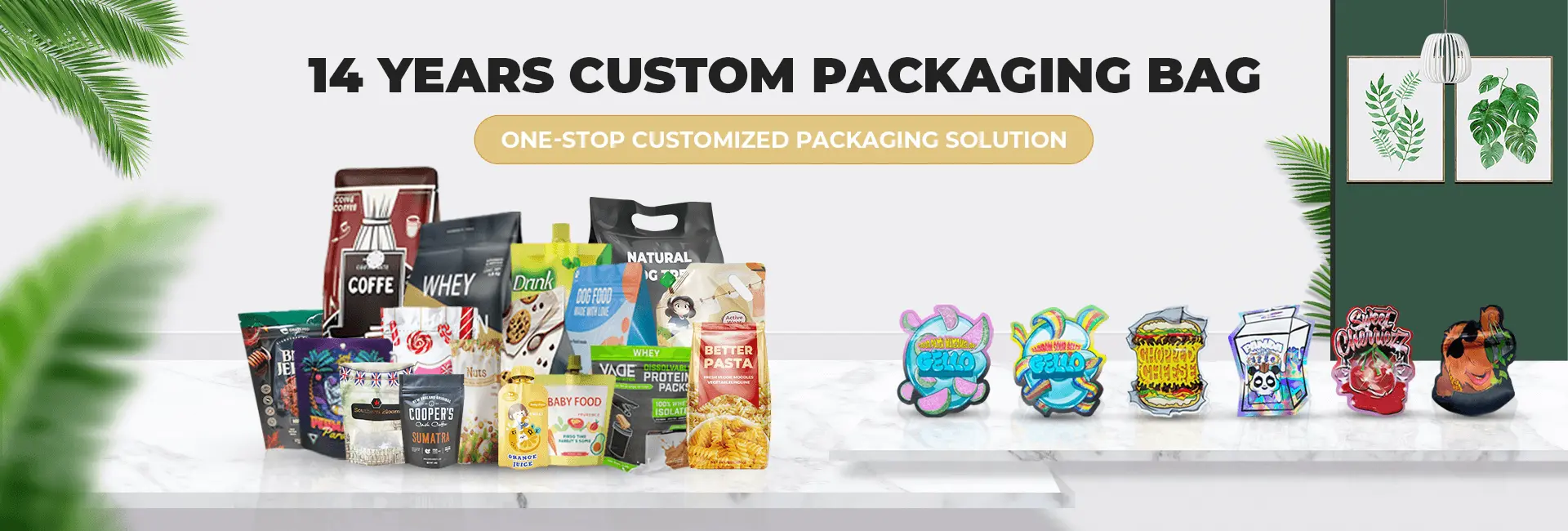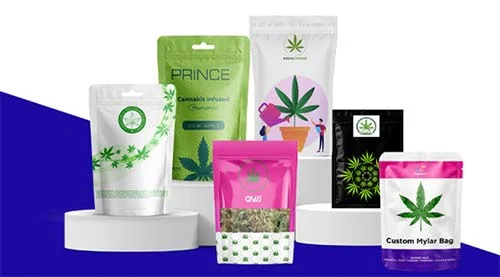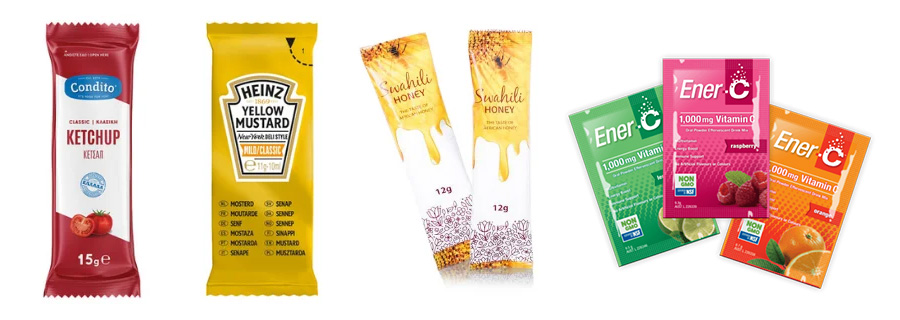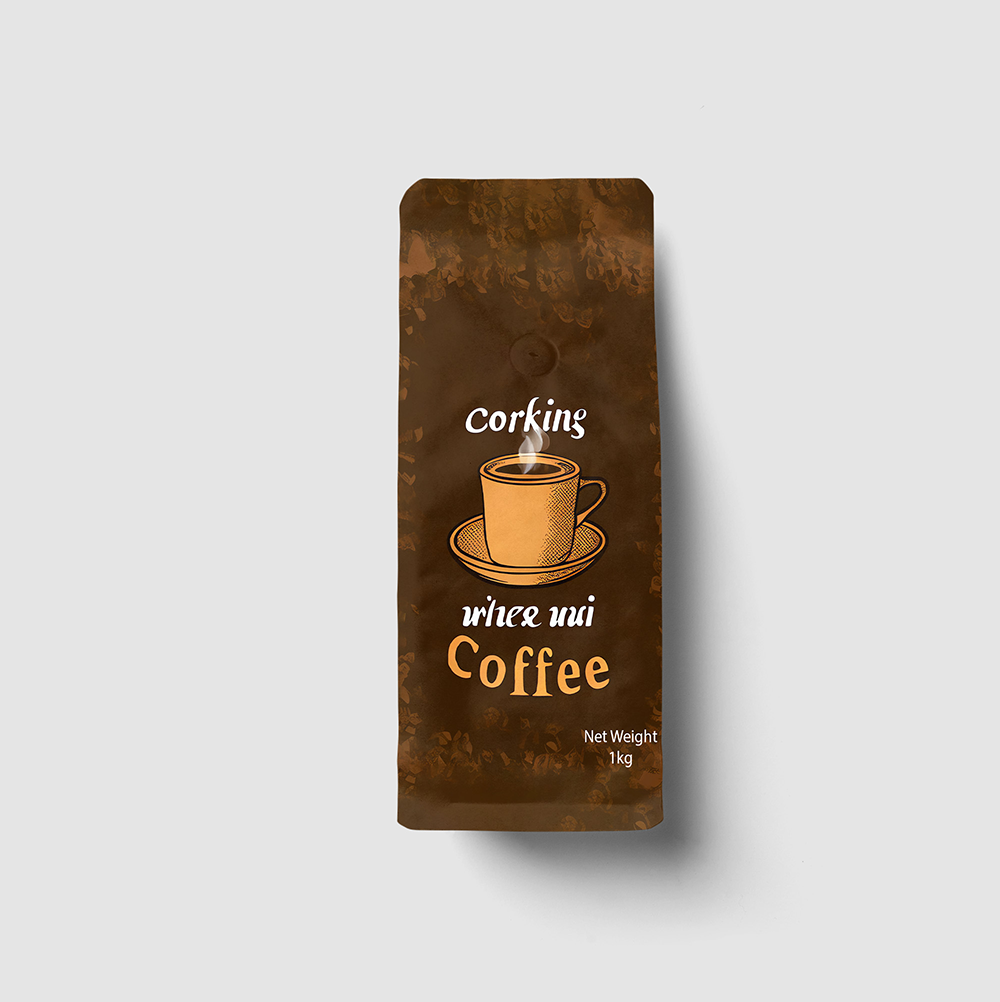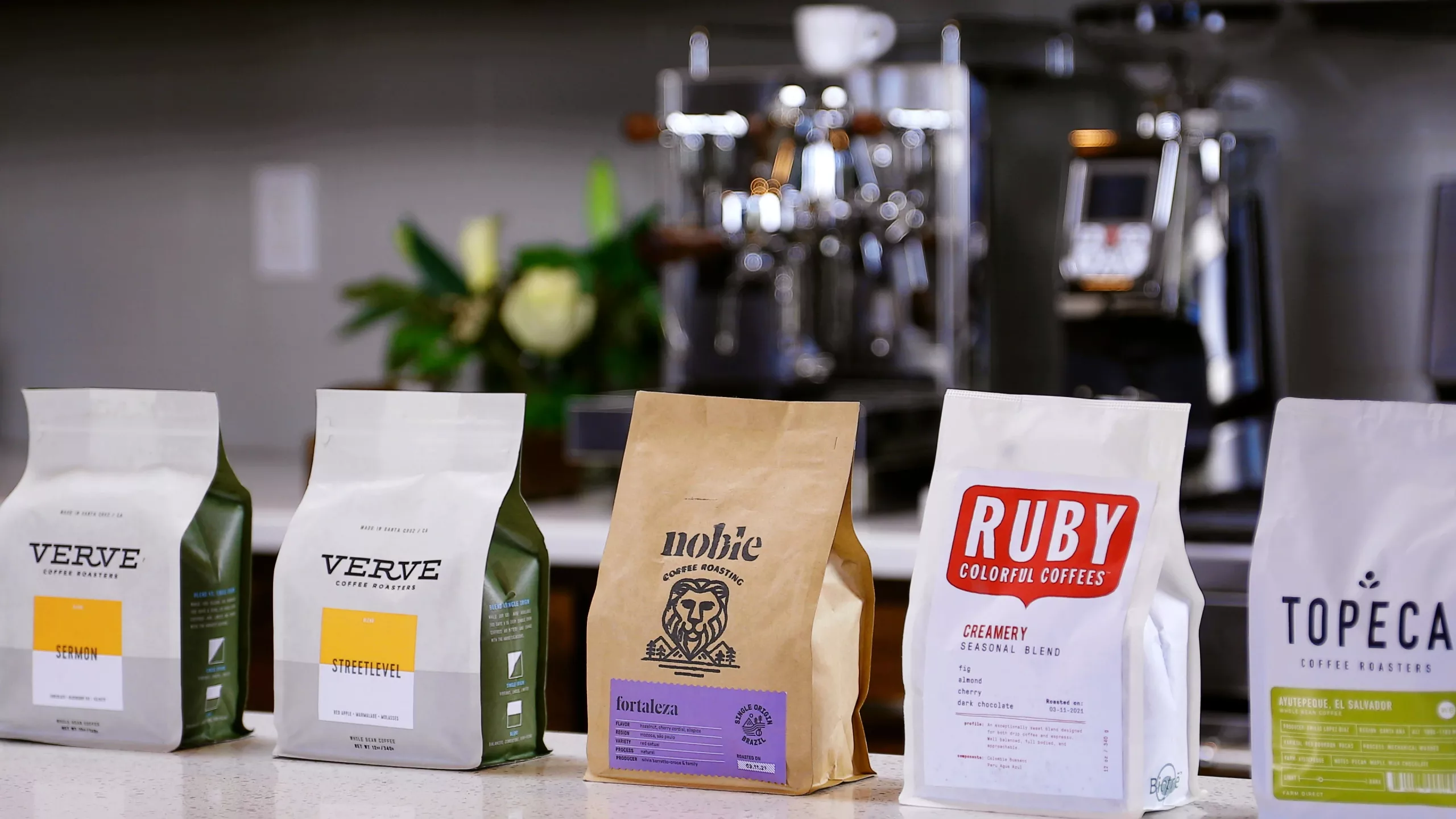
1. Flexible Plastic Packaging: Lightweight, Convenient, and Versatile
Flexible plastic packaging has been among the favored choices for packaging chips, nuts, and various other snack products these last years. It is easy to produce, rather inexpensive, and highly adaptable, hence making it one of the most versatile options in the industry.
Why Choose Flexible Plastic?
Durable Yet Lightweight: The flexible plastic pouches are light and can be quite strong. Thus, they have excellent protection against any form of physical damage and are therefore the best solution for on-the-go snacks. Whether it comes to popcorn, pretzels, or candy, this packaging secures against crushing during movement and handling.
Resealability: Most of the flexible plastic bags have reseal features such as zippers or press-to-seal strips. This provides not only convenience to the consumers in terms of accessibility but also maintains snack freshness by not allowing air and moisture to enter into the package once it has been opened.
Affordability: The cost-effectiveness of flexible plastic makes it an ideal packaging choice for large-scale snack manufacturing. Besides, it can be produced in a variety of shapes and sizes, from small individual snack packs to larger bulk bags.
Challenges and Considerations
While flexible plastic packaging is effective, its environmental impact cannot be ignored. Many companies are opting for recyclable or biodegradable plastic alternatives in response to growing environmental concerns.
2. Foil Packaging: Superior Barrier Protection
If your primary concern is freshness and product integrity, it’s tough to go past foil packaging. This packaging material is renowned for its exceptional ability in keeping out light, moisture, and air—all those critical elements that can degrade the quality of snacks.
Benefits of Foil Packaging
Best for Freshness Preservation: Because of its superior barrier against elements that cause spoilage, especially in such products as potato chips, nuts, or any kind of snacks susceptible to moisture. It prevents flavor loss, keeps the contents crisp, and extends shelf life.
Resealable Options: Like flexible plastic, many foil packages are fitted with resealability, which makes them more convenient for consumers. After opening, they can simply reseal the package to preserve the snack inside.
Appealing Aesthetics: The shiny, metallic surface of foil bags has a premium look, which may be ideal for premium snack brands. Many consumers think that snacks packing in foil are of higher quality and gourmet.
Limitations
One downside of foil packaging is its impact on the environment, as it is difficult to recycle. However, modern innovations in eco-friendly foil packaging are changing this by introducing recyclable and compostable foil options.
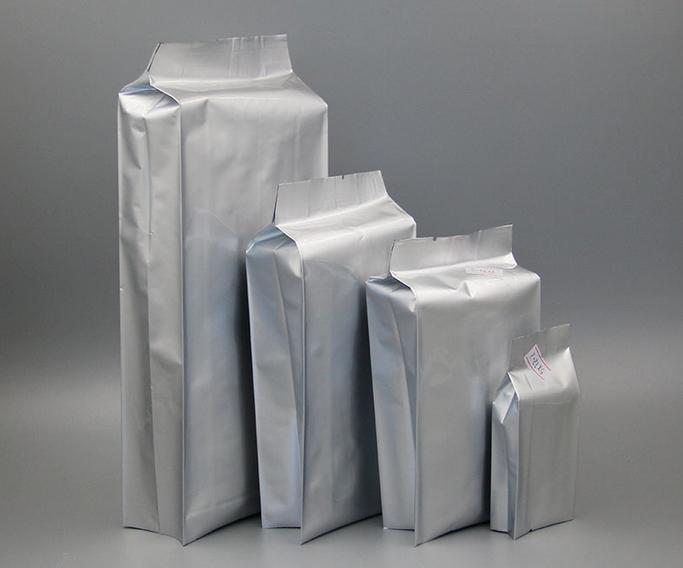
3. Paper Packaging: The Eco-Friendly Solution
For snack brands focusing on sustainability, paper-based packaging is quickly becoming a popular choice. Many eco-conscious consumers prefer products that use biodegradable and recyclable materials. Paper packaging fits that bill perfectly.
Why Paper Packaging?
Eco-Friendly: Paper is biodegradable and can be sourced from sustainable forests. This is an excellent packaging material for those brands looking to reduce their environmental footprint, and for customers who take notice of such sustainability in packaging.
Customizable: Paper packaging, especially kraft paper bags, leaves much room for customization, such as natural and rustic designs that can help convey an eco-friendly message to consumers. From granola and trail mix to protein bars, all can be packaged in paper bags with bold designs and logos.
Affordable and Versatile: Most of the packaging made with paper is relatively inexpensive, thereby helping to make different types of snacks at an affordable rate. Its versatility allows everything from small snack bags to larger formats that are resealable.
Limitations
While eco-friendly, paper packaging lacks some of the moisture- and air-blocking properties of foil or plastic packaging. Thus, it is very important to select the appropriate coating of paper or to insert a barrier layer when paper is used for snacks that are sensitive to humidity or air exposure.
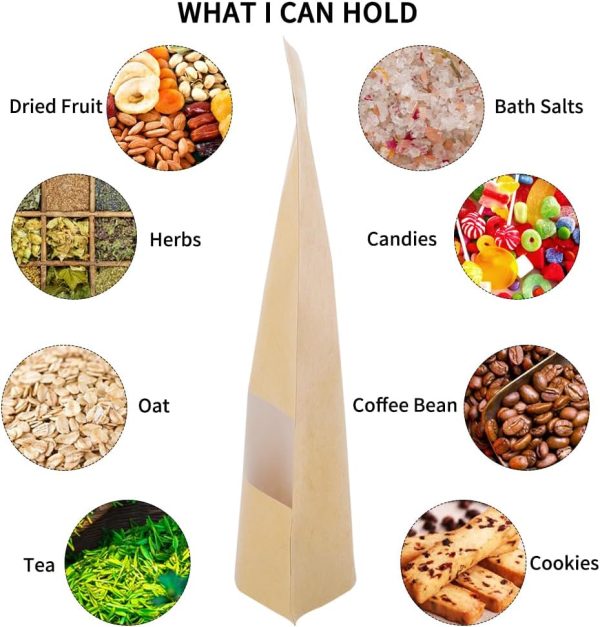
4. Biodegradable Packaging: Meeting Sustainability Demands
It follows, therefore, that consumers increasingly look for brands that have active stances on sustainability. Due to this, a host of snack companies have biodegradable materials—meaning those elements that break down naturally with time—in an effort to reduce their environmental footprint.
What Makes Biodegradable Packaging a Great Choice?
Eco-Friendly: Unlike conventional plastic and even foil, biodegradable packaging materials degrade rapidly and do not add to landfill waste. Materials such as compostable films, plant-based plastics, and cornstarch bags offer a sustainable alternative that meets consumer demand for greener choices.
Effective Freshness Protection: Although biodegradable materials are rather new in the market, they have rapidly improved regarding performance. Modern biodegradable films can offer effective protection against oxygen, moisture, and light, helping to preserve the flavor, crunch, and quality of your snacks.
Appealing to Eco-Conscious Consumers: Biodegradable packaging makes your snack brand the socially responsible option for a consumer who thinks about the environment. For those focused on organic snacks, here’s a solution that echoes consumer values.
Challenges to Consider
Biodegradable options can be more expensive than their traditional counterparts, and some biodegradable plastics have not quite reached the level of protection or shelf life that flexible plastics or foil currently offer. But innovations in biodegradable packaging are rapidly improving in both functionality and affordability.
5. Vacuum-Sealed Packaging: Ideal for Long Shelf Life
It would, therefore, be advisable to package snacks that have a long shelf life or are very sensitive to air, like beef jerky and freeze-dried foods, under vacuum-sealed packaging. Vacuum sealing eliminates extra air from products sealed in tightly fitted air-blocking bags to avoid oxidation.
Why Use Vacuum-Sealed Packaging?
Prevent Oxidation and Spoilage: Oxygen is one of the major reasons why snacks get spoiled. Removing air, which vacuum sealing does, will keep the snacks, especially jerky and dried fruits, fresh for several months, if not years.
Compact and Efficient: Vacuum-sealed bags compact the size of the product, saving in storage and transportation space. This makes them lighter to ship.
Long Shelf Life: For sustaining the shelf life of the product over a longer period, it is one of the good options for maintaining the quality of your product.
Limitations
Although vacuum-sealed packaging can be ideal in terms of preserving the shelf life, it is less practical to consumers and may require manufacturers to have special packaging equipment. Thus, the manufacturers have increased costs of the machines that they purchase.
Conclusion: Choosing the Best Packaging Material for Snack Preservation
When it comes to choosing the best packaging materials for preserving the freshness of snacks, the decision hinges on several factors. Foil packaging, flexible plastics, paper-based materials, and biodegradable options all have their advantages, from offering superior barrier protection to ensuring eco-friendly packaging.
Your choice should, therefore, be informed by the needs of your product, the preferences of your target audience, and your brand’s commitment to sustainability. Flexible plastic and foil packaging is a great option for products that need versatility and are easy to use. For companies that wish to champion sustainability, there is also biodegradable and paper packaging.
At Colorful Packaging, we have a number of packaging solutions that preserve freshness while reflecting your values. Be it the focus on eco-friendly materials or premium packaging for snacks; we at Colorful Packaging can help you find a perfect solution that will fit your needs.

